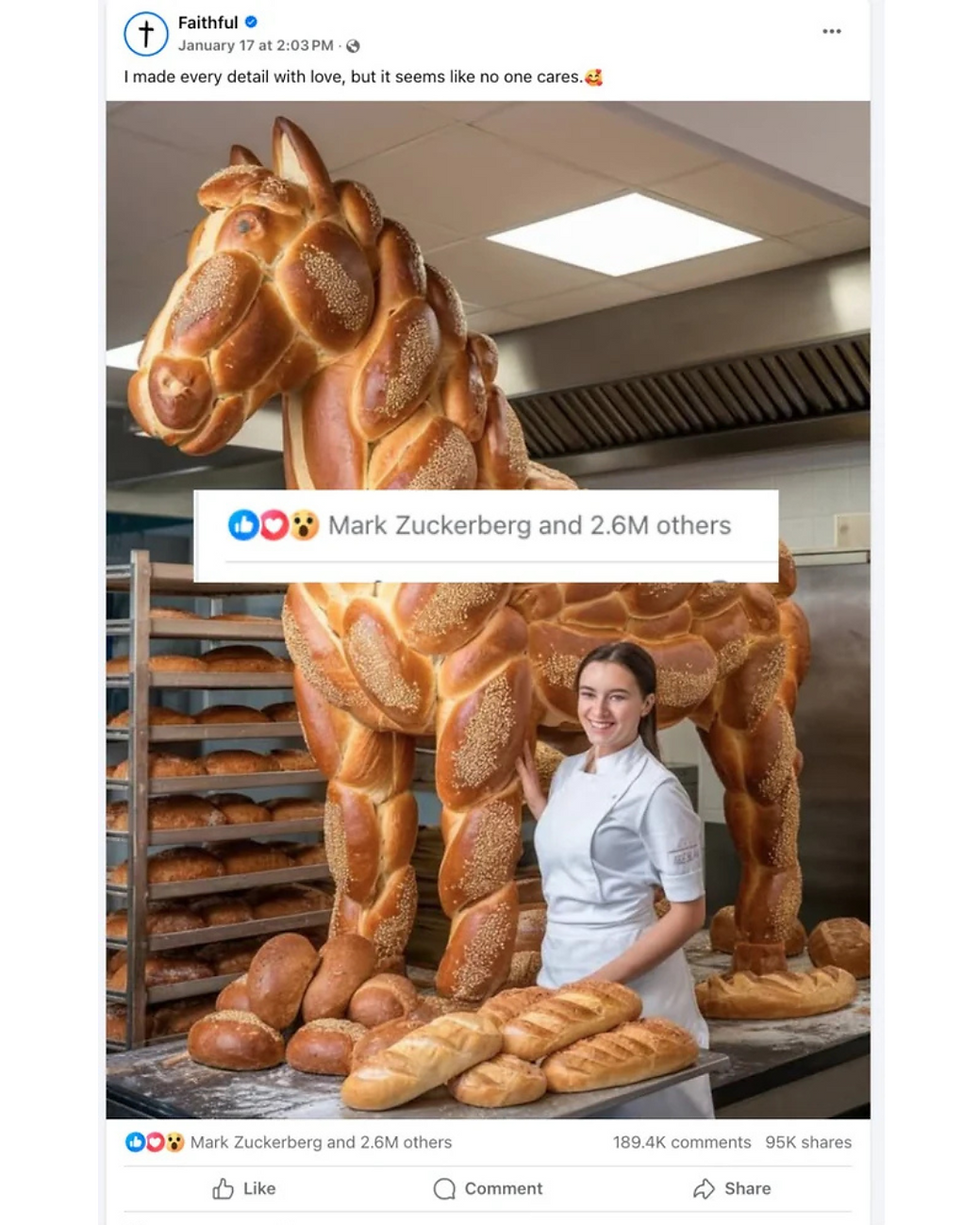Understanding Algorithms in Social Media: How They Shape Your Online Experience
- Michael J Lis

- Jul 18, 2024
- 3 min read
Updated: Aug 6, 2024
In the vast digital landscape of social media, algorithms are the unseen forces that determine what content you see, when you see it, and how you interact with it. Understanding these algorithms can help both users and marketers navigate the platforms more effectively. Let's delve into how these algorithms work and their impact on our online experiences.
What are Social Media Algorithms?
At their core, social media algorithms are sets of rules and calculations that platforms use to sort, prioritize, and display content. These algorithms analyze various factors to decide which posts appear in your feed, in what order, and with what frequency. They aim to enhance user engagement by showing content that is most relevant and interesting to each individual user.
Key Factors Influencing Social Media Algorithms
User Engagement:
Algorithms prioritize content that receives high levels of engagement—likes, comments, shares, and saves. The more interactions a post gets, the more likely it is to be shown to a broader audience.
Relevance:
Social media platforms strive to show users content that is relevant to their interests. This is determined by analyzing past behavior, such as the types of posts you've engaged with, the accounts you interact with the most, and the hashtags you follow.
Timeliness:
While some platforms, like Twitter, value real-time content, others, like Facebook and Instagram, may prioritize posts that are not necessarily recent but have gained significant engagement over time. This balance between newness and popularity varies across platforms.
User Preferences:
Algorithms take into account explicit user preferences, such as choosing to see more content from specific friends or pages. Additionally, platforms may use data from other sources, like search history, to refine content recommendations.
Content Type:
Different content formats (text, images, videos, stories) are treated differently by algorithms. For instance, Instagram often prioritizes video content due to its higher engagement rates compared to static images.
What does Mark Cuban think?

How TikTok's Algorithm is Vastly Different
TikTok's algorithm stands out in the social media landscape due to its unique approach to content recommendation and user engagement. Here’s what makes it different:
Hyper-Personalization:
TikTok's algorithm is exceptionally adept at quickly understanding user preferences. By analyzing how long users watch videos, whether they like, share, or skip them, the algorithm rapidly curates a highly personalized feed. This results in a "For You" page that feels uniquely tailored to each user, even after just a few interactions.
Content Discovery Over Following:
Unlike platforms where users primarily see content from accounts they follow, TikTok emphasizes content discovery. The "For You" page features a mix of popular and lesser-known creators, providing a continuous stream of new and engaging content. This approach allows even new users with few followers to go viral if their content resonates with the audience.
Diverse Content Signals:
TikTok's algorithm considers a broader range of signals than other platforms. These include video information (captions, hashtags, sounds), device and account settings (language preference, country setting), and user interactions (likes, comments, follows). This multifaceted analysis helps TikTok serve a diverse array of content tailored to individual interests.
Emphasis on Short-Form Content:
TikTok's focus on short-form video content, typically between 15 seconds to 3 minutes, aligns with modern consumption habits. The algorithm's ability to quickly gauge a video's appeal based on initial user reactions helps it prioritize content that is likely to capture widespread interest rapidly.
But...
How Algorithms Impact Users
For users, algorithms can enhance the social media experience by curating a feed that is tailored to personal interests and behaviors. However, this curation can also create echo chambers, where users are primarily exposed to content that reinforces their existing beliefs and interests. This phenomenon can limit exposure to diverse perspectives and information.
The Marketer’s Perspective
For marketers, understanding social media algorithms is crucial for creating effective strategies. Here are a few tips:
Create Engaging Content:
Craft posts that encourage likes, comments, shares, and saves. Interactive content such as polls, quizzes, and questions can boost engagement rates.
Consistency is Key:
Regularly posting high-quality content can help maintain visibility in users' feeds. Consistency signals to the algorithm that your account is active and worth promoting.
Leverage Data and Analytics:
Use insights and analytics tools provided by social media platforms to understand what type of content resonates most with your audience. Adjust your strategy based on these insights.
Embrace Video Content:
Given the preference for video across many platforms, incorporating video into your content strategy can increase reach and engagement.
Utilize Paid Promotion:
Algorithms often favor organic content from personal connections over brand content. Investing in paid promotions can help ensure your content reaches a wider audience.
The Future of Social Media Algorithms
As technology evolves, so will social media algorithms. With advancements in artificial intelligence and machine learning, algorithms will become even more sophisticated in predicting user behavior and preferences. This evolution will continue to shape the ways users interact with content and how marketers approach their social media strategies.










Comments